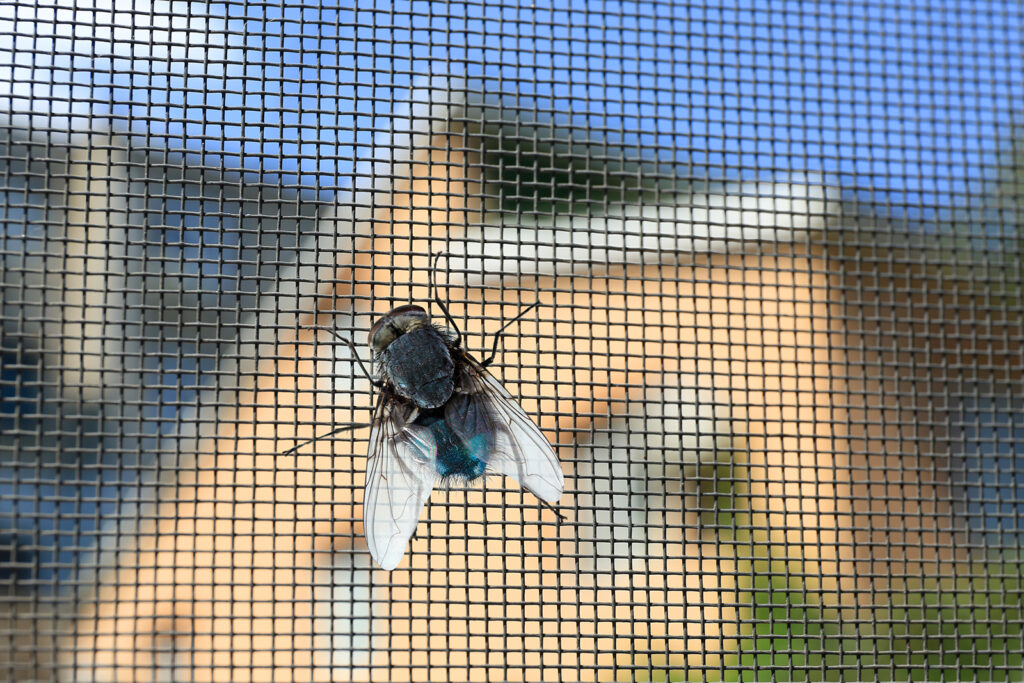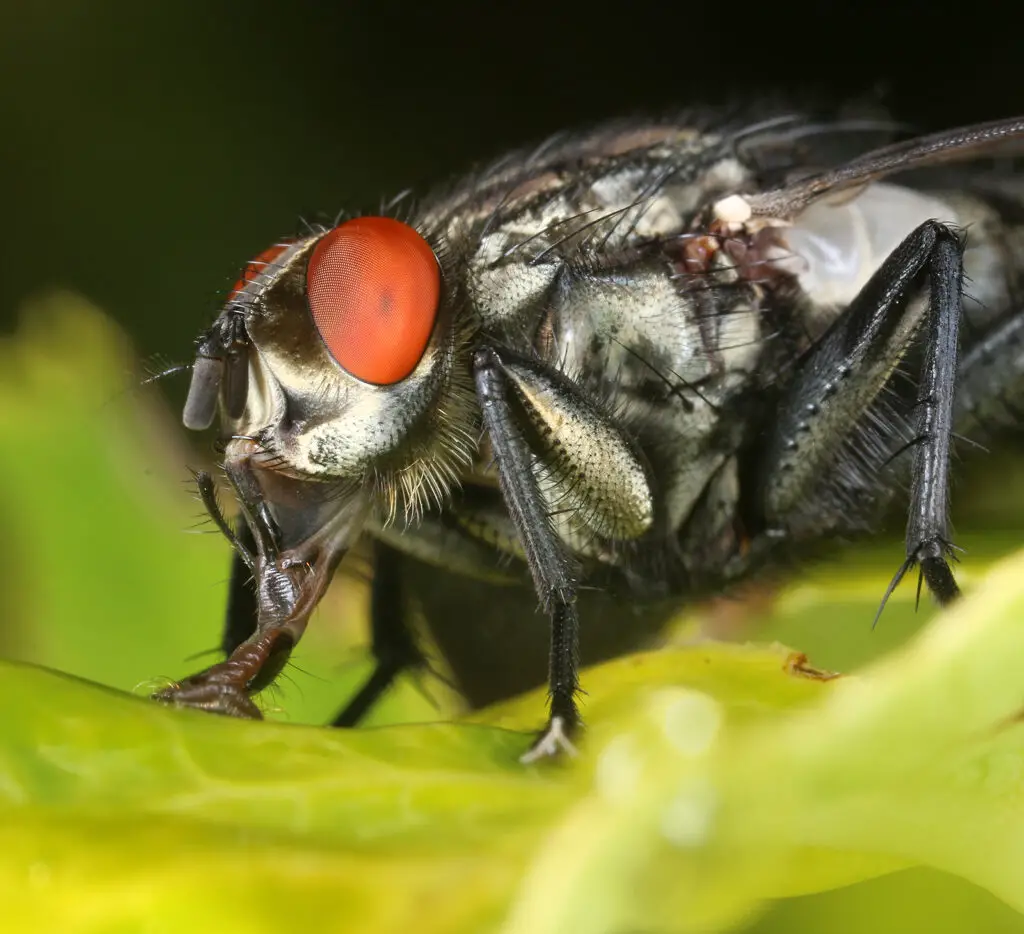
Curiosity about the whimsical twinkling of fireflies on a warm night is something you might have experienced, but their daytime whereabouts often remain a mystery. Fireflies, or lightning bugs, have captivated your imagination with their enchanting lights, yet during daylight hours, these insects seem to vanish. Unseen, they’re engaging in various activities crucial for their survival, taking advantage of the daytime to rest and hide from predators.
You may wonder if fireflies lead a secret life away from the spotlight of their nocturnal light shows. In reality, fireflies are there all along, expertly camouflaged and silently hiding in plain sight. They typically seek refuge in areas that offer protection and a suitable environment for their needs. Tall grasses, shrubs, or beneath plant debris are among their favorite daytime hideouts. These spots provide the moisture and coolness fireflies require to thrive.
Knowing where these luminescent creatures spend their time when they’re not lighting up your backyard can deepen your understanding of their behavior and ecology. Even when their lights are off, fireflies continue to play an important role in the ecosystem, from the pollination of plants to serving as a food source for other wildlife. Their presence during the day is just as significant as their dazzling nighttime displays, and discovering their daytime habits can enhance your appreciation for these remarkable insects.
Firefly Biology
In exploring firefly biology, you’ll gain insights into their anatomy and physiology, understand their daily activity patterns, and discover their habitat preferences. Each aspect plays a role in the firefly’s survival and behavior during the day.
Anatomy and Physiology
Fireflies, or lightning bugs, are beetles, not flies. Their bodies are divided into three parts: the head, thorax, and abdomen. But what’s most distinctive about fireflies is their ability to produce light, a process called bioluminescence. This light is the result of a chemical reaction involving luciferin, an enzyme called luciferase, oxygen, and ATP within special light-producing cells in their abdomen. This reaction is efficient and produces what is known as “cold light,” which emits no heat.
Daily Activity Patterns
You might have noticed that fireflies are not commonly seen during the day. Fireflies are primarily nocturnal, which means they are active during the night. During the day, they generally rest in areas where they are camouflaged from predators. Fireflies tend to be less active during daylight hours to conserve energy for their nightly activities, including mating. When resting, they can be found in areas that offer protection, such as under leaves or inside bark crevices on trees.
Habitat Preferences
The preferred habitats for fireflies are typically moist, wooded areas where they have access to standing water like ponds, streams, and marshes. Such environments provide suitable conditions for their larvae, which are predaceous and live in the soil, feeding on other small invertebrates. Fireflies use these wetland areas for mating rituals as well, which often involve intricate light displays that can be more safely performed away from daytime predators and more effectively seen during the night.
Behavioral Traits
In exploring the daytime behaviors of fireflies, you’ll find that their light production and mating rituals are particularly fascinating and play crucial roles in their survival and reproduction.
Light Production
Fireflies are renowned for their ability to produce light. This process, called bioluminescence, occurs when chemical reactions within their bodies produce light without any heat. Firefly larvae are also bioluminescent, and they use this ability primarily for evasion from predators.
Mating Rituals
The flashes of light you see on summer evenings are not just for show, they are fireflies’ unique mating signals. Each species has its own pattern of flashes to attract mates. Males fly around emitting patterns of light, while females, often perched on vegetation, respond with a patterned flash to signal their interest.
Conservation Status
The conservation status of fireflies is becoming increasingly concerning with some species even listed as threatened.
Population Trends
Many firefly species have experienced a decline in their populations due to a variety of factors. The keel-necked firefly, for instance, is one of the 18 threatened species on the IUCN Red List. Reports from various parts of the globe indicate that fireflies are not as common as they once were.
Environmental Threats
Fireflies are facing numerous environmental threats. Habitat degradation such as the loss of wetlands and forests, along with light pollution and pesticide use, are major contributors to their decline. The use of pesticides has particularly adverse effects on firefly larvae that live in the soil and on the vegetation they depend on.
Frequently Asked Questions
In this section, you’ll find direct answers to common curiosities about fireflies’ daily behaviors, lifespan, habitats, diet, gender-specific traits, and seasonal activities.
How do fireflies spend their time during the day?
During daylight hours, fireflies typically take refuge in grasses, under leaves or on plants. They prefer to stay hidden to avoid predators and conserve energy for their nocturnal activities.
What is the typical lifespan of a firefly?
The lifespan of a firefly can vary between species, but usually involves around two years in the larval stage, with the adult life lasting only a few weeks focused on reproduction.
What habitats do fireflies prefer to live in?
Fireflies thrive in a variety of habitats including forests, fields, and marshy areas, often near standing water. Their choice of environment is closely linked to the presence of moisture and food sources.
What types of food do fireflies eat?
Primarily, fireflies feed on pollen and nectar, but during their larval stage, they are known to be carnivorous, eating other insect larvae, snails, and slugs.
Are female fireflies capable of flight?
Not all female fireflies are capable of flight. In some species, the females lack wings and resemble larvae more than adult fireflies, which influences their behavior and mating rituals.
Do fireflies have different behaviors in the winter compared to other seasons?
Fireflies enter a dormant state in winter due to the colder temperatures. The larvae burrow underground or find sheltered places to survive until warmer weather returns, when they can resume activity.
Driven by a passion for those tiny creatures that rule our world, we at Bug Domain strive to be your go-to resource for information on insects.



